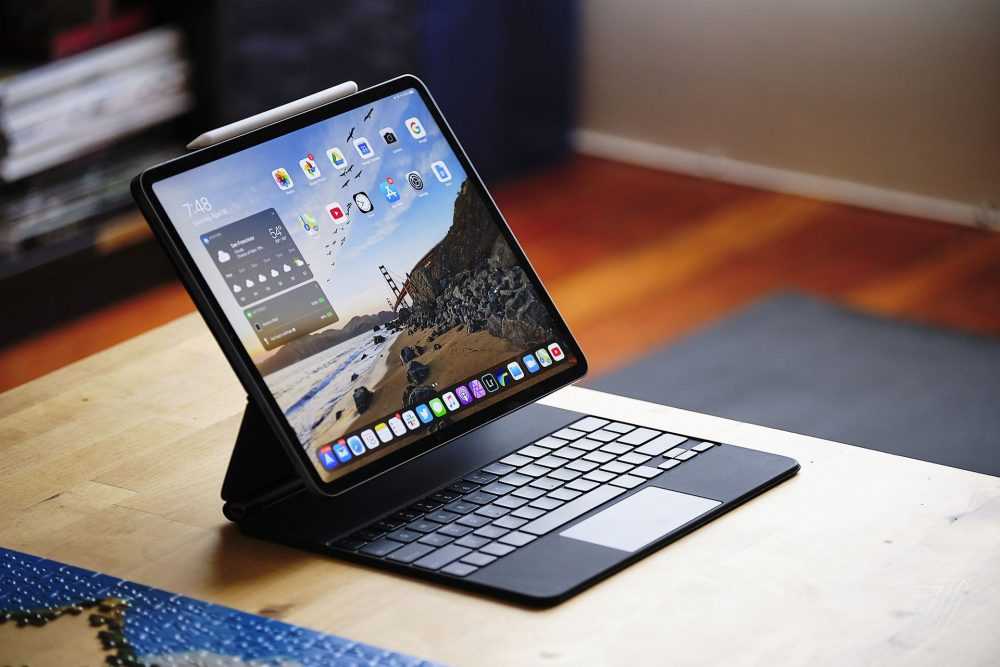
The role of RAM in tablet performance
When it comes to tablet performance, many factors come into play, including the processor, storage, and operating system. However, one often overlooked component that plays a crucial role in determining how smoothly a tablet runs is the RAM (Random Access Memory). In this article, we'll dive deeper into the importance of RAM to tablet performance, how it impacts your user experience, and what to consider when choosing a tablet based on RAM capacity.
Understanding RAM
RAM is a type of computer memory that is used to temporarily store data that the device's central processing unit needs to access quickly. It serves as a high-speed workspace where active applications and data are stored when the tablet is turned on. Unlike tablet storage (such as the internal drive or SSD), which stores data for a long time, RAM provides quick and temporary access to data that is actively used.
The role of RAM in tablet performance
RAM affects tablet performance in several critical ways:
-
Multitasking: RAM allows the tablet to efficiently perform multiple tasks simultaneously. When you switch between applications, the data and processes associated with those applications remain in RAM. The more RAM your tablet has, the better it can handle multitasking without slowing down or closing background apps.
-
Application performance: RAM affects how quickly and smoothly applications start and run. Apps stored in RAM load faster, respond more quickly to user input, and complete tasks without noticeable lag. Insufficient RAM can result in poor application performance.
-
Web browsing: When browsing the web, RAM plays a vital role in how quickly web pages load and how well you can interact with them. Tabs, images, and other web elements are stored in RAM for quick access.
-
Games: For game lovers, RAM is a must. Games with high-quality graphics and complex environments require a significant amount of RAM for smooth gameplay. Increasing the amount of RAM ensures better graphics rendering and less stuttering during gameplay.
-
Content creation. If you use your tablet for content creation, such as photo editing or video production, RAM is critical. It determines how efficiently the editing software processes and manages large media files.
Choosing the right amount of RAM
When choosing a tablet, it is important to consider how much RAM you need based on your usage:
-
4 GB RAM: Tablets with 4 GB RAM are suitable for basic tasks such as web browsing, email and simple application use. They are economical and ideal for general users.
-
From 6 to 8 GB of RAM: tablets in this line offer better multitasking capabilities and are suitable for average productivity tasks, gaming and content consumption.
-
10GB RAM or more: High-end tablets with 10GB or more RAM excel at multitasking, gaming, and creating complex content. They are ideal for advanced users and professionals.
Conclusion
RAM is a critical component that significantly affects the performance of a tablet. Choosing a tablet with the appropriate amount of RAM for your needs provides a smoother and more enjoyable user experience. Consider your typical tasks, be it web browsing, gaming, content creation or multitasking, and choose a tablet with the right amount of RAM to suit your requirements. By doing this, you can improve your tablet's performance while avoiding slowdowns and lags.






